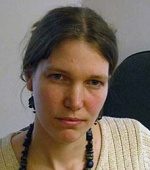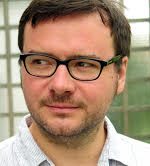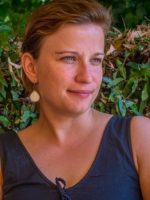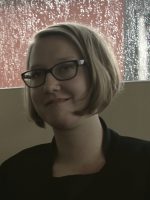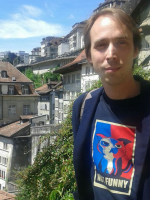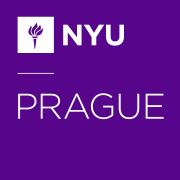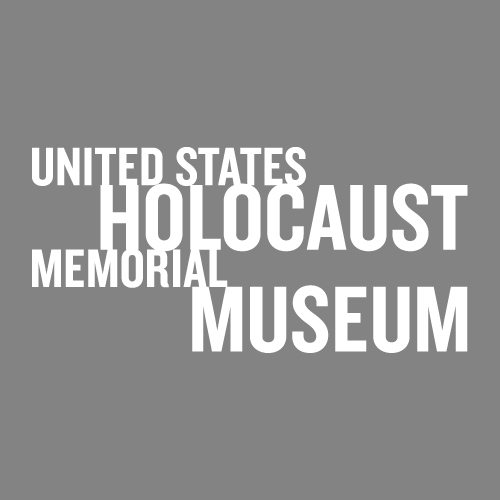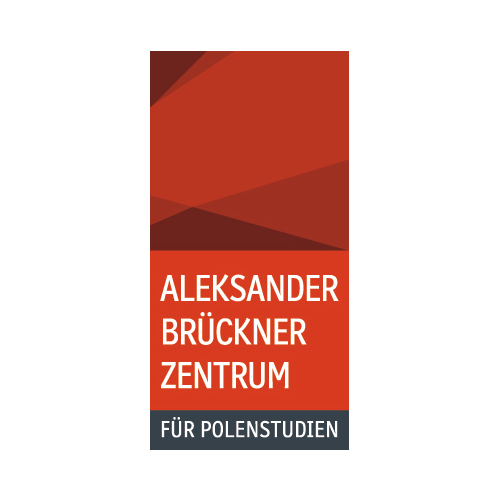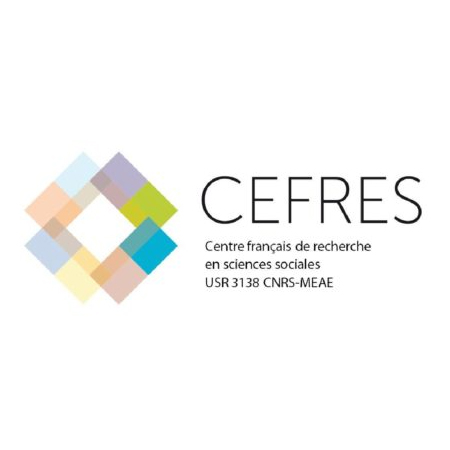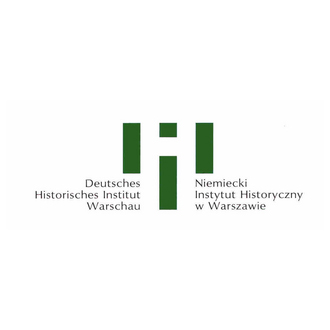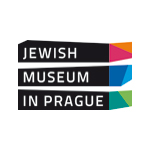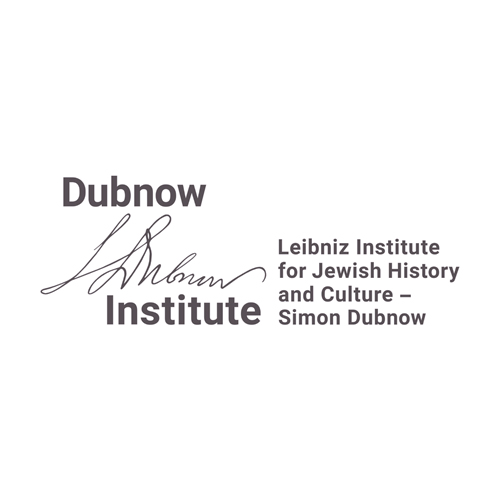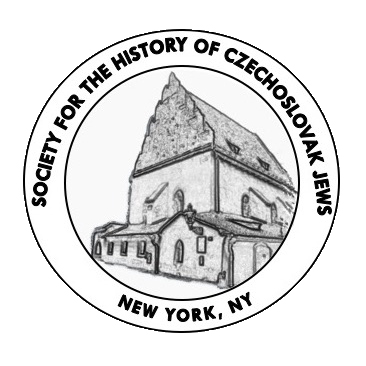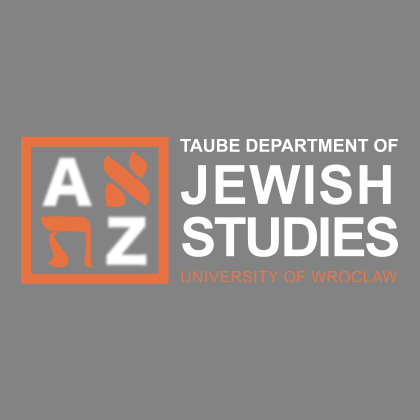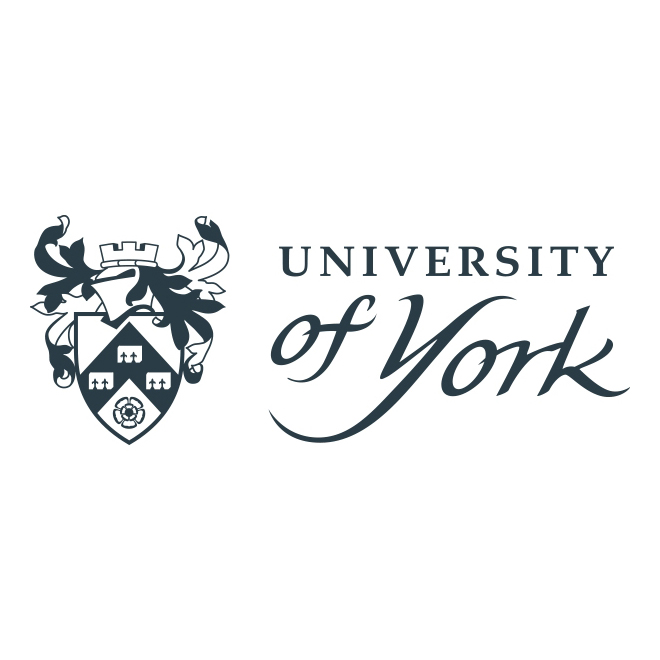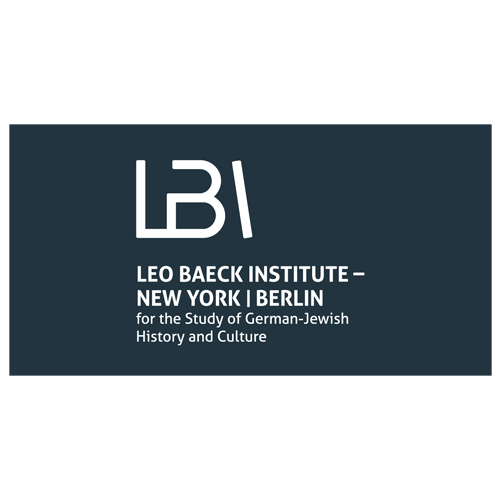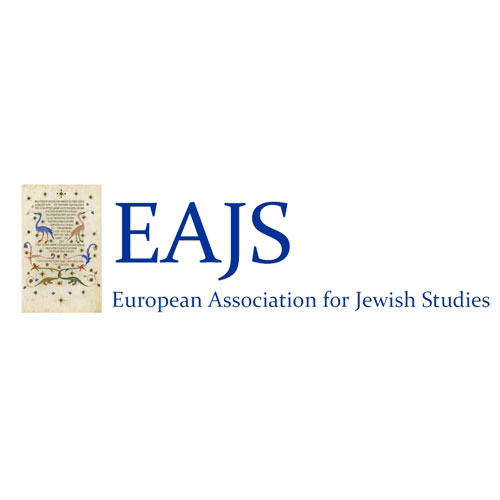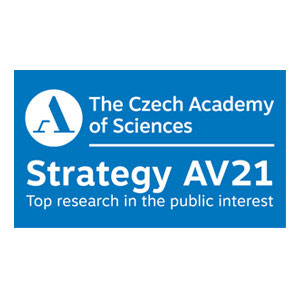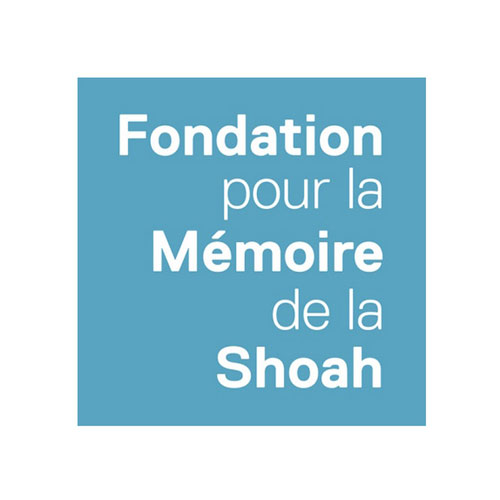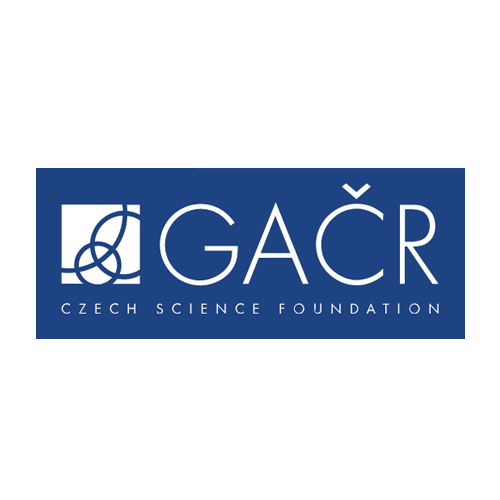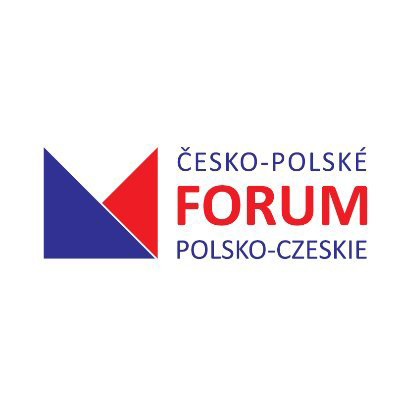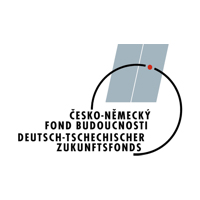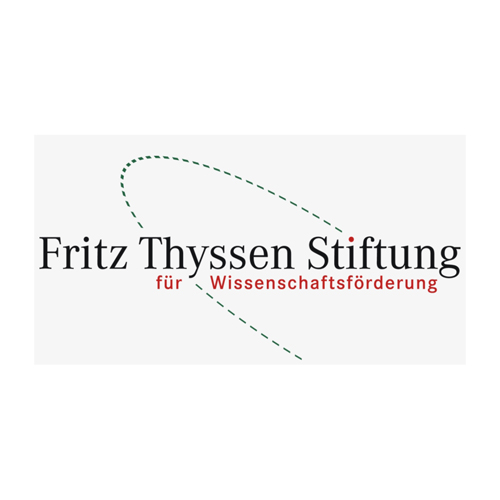The Inclusion of the Jewish Population into Postwar Czechoslovakia and Poland
Research Project Funded by Science Foundation of the Czech Republic (16-01775Y)
Until recently, the writing of the postwar history of the Jews of Poland and Czechoslovakia was often burdened with ideological interpretations which reflected the political persuasions of their authors. This is understandable if one takes into account that many of the historians were writing about matters they were involved in themselves. The impact of the ideological interpretation of the recent past remains dominant. Historians are still mostly interested in topics that were proposed by political leaders in the first decades after the Second World War, including the involvement of the Jews in Communism, Polish, Czech, and Slovak antisemitism, the loyalty or, more commonly the disloyalty of the Jews toward the Polish and Czechoslovak states and nations, and the process of Jewish assimilation. Our project aims to go beyond topics that have been dictated by political and nationalist perspectives.
At the same time, we want to cross borders between American, Israeli, and central and east European historiography, which, especially in relation to the problems of post-1945 Jewish history, is not only most often defined by different ideological worldviews, but also asks different questions and employs different sources to answer them. The aim of our project is to take all the perspectives into account by analyzing a broad range of the relevant archive sources in Europe, the USA, and Israel, which are mostly not used in combination, partly because they require knowledge of Czech, Polish, Slovak, German, Yiddish, Hebrew and Russian languages.
Particular topics of the project
(1) The legal standing of the Jews
It is generally assumed that in east-central Europe the pro-Soviet governments’ policies toward the Jews each followed a similar pattern and were influenced by the Soviet model. An examination of the difference in the legal position of the Jews of Czechoslovakia and of Poland in the first few years after the Second World War casts serious doubts on this assumption. Czechoslovakia refused to acknowledge the minority rights of the Jewish population after the war. As a result, about half of all the Jews of postwar Czechoslovakia (who had been Czechoslovak citizens before the German occupation) had to struggle to regain Czechoslovak citizenship and, as non-Czechoslovaks, were threatened with expulsion either to the Soviet Union or to Germany. This was especially true of Jews from Carpathian Ruthenia, a region annexed to the Soviet Union right after the war. Thousands of Carpathian Jewish Shoah survivors hoped to find a new home in the Bohemian Lands. The Czechoslovak Ministry of the Interior refused to approve many of their applications for citizenship, and since they were threatened with expulsion to the Soviet Union, many of them decided to leave (mostly illegally) to the DP camps in the American zone of Germany. The other group of Jews who struggled for Czechoslovak citizenship comprised those who declared Hungarian or German nationality (that is, ethnicity) in the 1930 census or whose main language of daily communication was Hungarian or German.
By contrast, the Jews of Poland could develop their national minority policies until 1949. People of Jewish nationality were explicitly included in the repatriation trains of former Polish citizens, which travelled from the USSR at the end of the war, in 1946, and also in 1956. Up to 1949, most of the Jewish organizations and political parties could renew their activities. This unique socio-cultural Jewish autonomy was referred to in Yiddish as ‘Nusech Poyln’ (the Polish ‘way’ or ‘tradition’). Even when Jewish socio-political autonomy was abolished in 1949–50, and despite continuing language and national acculturation/assimilation, Yiddish books and newspapers were published in Poland. Despite the more favorable legal standing of the Jews of Poland, the everyday experience of antisemitism and anti-Jewish violence (especially after the pogrom in Kielce in July 1946) made many Jews question whether Polish-Jewish co-existence was at all possible, and led to mass Jewish emigration. Other waves of emigration were influenced by the creation of the State of Israel, the abolition of Jewish autonomy and socio-political pluralism in 1949–50, and subsequent waves of popular antisemitism, in 1956–57, and government-inspired antisemitism in 1967–68.
Analyzing the reasons for, and consequences of, the different legal standings of the Jews of postwar Czechoslovakia and Poland constitutes a key part of the project. It is also an aspect that reveals large differences both between the two states and between the prewar and postwar states of Czechoslovakia and Poland respectively. Thanks to its previous research, the team can trace the continuities and discontinuities in the legal status of the Jews in comparison to the interwar situation in the two neighboring countries, and thus to approach the matter from a so far neglected perspective.
(2) Institutional and organizational framework
In Czechoslovakia, only the Jewish religious communities could represent Jews in their dealings with the State administration. In Poland, the hierarchical structure of the Jewish committees, with the Centralny Komitet Żydów w Polsce (CKŻP – Central Committee of Polish Jews) at the top, was responsible for all Jewish matters in postwar Poland. The Jewish religious communities played a secondary role in Poland, at least in the early postwar years, since most of activities such as registration, repatriation, restitution of property, charitable and social work, education, cultural activities, and even distribution of matzo for Passover were among the responsibilities of the Jewish committees. In Poland, it seems that even after 1949 an institutional framework existed for developing the secular and Socialist as well as the religious identities of the Jews. In Czechoslovakia, by contrast, the Jewish communities were the only places where Jews could officially meet.
The difference in institutional frameworks raises a whole series of questions. Was this key difference in the institutional frameworks of the Jews in the two neighboring countries caused primarily by their different legal positions? To what extent was it also influenced by the different ideological diversification of the Jewish populations in the two countries? In interwar Poland, the assumption that Jews constituted a nation (a people, ethnicity) of their own was generally accepted by Jews (apart from the small group of so-called assimilationists). This assumption was also shared among the strong Socialist Jewish parties (including the non-Zionist Bund and the Zionist Poalei Tsion Left, Poalei Tsion Right, and HaShomer HaTsair), which conducted their work mainly in Yiddish or, to a lesser extent, in Hebrew. The pre-war Communist Party of Poland – which was dissolved by Stalin in 1938 – had also been strongly advocating linguistic and cultural minority rights in interwar Poland, for Jews as well as for Ukrainians and Belorusians. In contrast to that, Czechoslovakia lacked a Jewish national movement that would have striven for Jewish national rights and would have been in opposition to Zionism (like the Bund). Though most of the Zionists in the Bohemian Lands were leftists, they were for a moderate socialist program. Neither Poalei Tsion nor HaShomer HaTsair ever found much support among the Jews of the Bohemian Lands, in contrast however to Slovakia where especially HaShomer HaTsair was successful. Here too the team members’ previous research on the interwar period will be useful in finding continuities. Slovakia will be used as a very useful third example of a region with the same legal standing of Jews as in the Bohemian Lands, but with different ideological and religious background of the local Jews.
(3) Between transnationalism and nationalism
A comparison of Czechoslovak and Polish policies toward the Jews reveals many differences in the approaches of the Polish and the Czechoslovak governments. Still, the transnational framework had an unquestionable impact on every aspect of the inclusion or exclusion of the Jewish population. Two events were of key importance for politicians, organizations, and individuals – the onset of the Cold War and the foundation of the State of Israel. The change in Soviet policy toward Israel in 1949 and the supposedly ‘cosmopolitan’ (and thus, it was insinuated, disloyal) Jews had many implications for the other countries of the Soviet bloc. Though probably none of them could afford to oppose the Soviet policy line openly, a comparison of Polish and Czechoslovak reactions might help to illuminate the range of possibilities open to them. Whereas the Slánský trial can be seen as an antisemitic Communist show trial par excellence, nothing comparable took place in Poland. Nevertheless, the Slánský trial had a transnational effect on the Polish Jews as well: they feared that a similar situation could occur in Poland. The arrest of the former head of the Jewish Committee of Lower Silesia, Jacob Egit, and the former Joint Distribution Committee (JDC) director in Poland, Józef Gilter-Barski, in 1953, suggests that certain circles in the Polish Communist Party, probably inspired by their Soviet patrons, were preparing similar trials in Poland. For various reasons they never took place.
Research on transnational institutions, such as JDC, UNRRA, World Jewish Congress, Israeli embassies and their activity in Czechoslovakia, Poland and its Jewish communities is of crucial importance. This research will help to shed light on the lives, circumstances, and integration of the Jews in these two states. The Shoah totally changed map of Jewish settlement. The United States, the Palestinian Yishuv, and, from 1948 onward, the State of Israel became its main, undisputed centers, with east-central European Jewish communities now at its margins. The Jews of east-central Europe were fully aware of this fact, and not only looked west for material help, but often identified with western Jewish communities. Many had relatives there. Especially after 1949, against what was required of them by their states, Polish and Czechoslovak Jews, even some Communist ones, longed for contact with American or Israeli Jewry. This created an important paradox. Jews who decided to stay in Poland willingly also decided to build a ‘new Poland’. This required participation in a particular, socialist brand of Polish nationalism (especially regarding the ‘polonization’ of the western territories gained through the redrawing of the Polish borders). As various sources demonstrate, Jews participated in building the narratives of the ‘Piast’ Polish character of Lower Silesia. Although doing it willingly at the time of their socio-cultural autonomy from 1945 to 1949, they were forced to strengthen the image of a mono-ethnic Polish national state. They were thus participating in the political and cultural process that led to the curbing of their own autonomy and the possibilities of the existence of Jewish national identity in Poland after 1949.
Comparing these problems in relation to Polish Lower Silesia and the Czechoslovak border regions is certain to provide important new insight not only into Jewish but also into the general histories of these two countries. Here, research would concentrate not only on political questions and the macrohistorical perspective but also on the everyday relations between Jews, Czechs, and Germans in Bohemia and Jews, Poles, and Germans in Lower Silesia.
The national and transnational perspectives also raise the complex question of personal and collective national loyalties. What was it like to be a Jew and simultaneously a Czech or a Pole? This question is especially important for 1948–49, when the logic of the Cold War and the State authorities started to demand absolute allegiance to their policies, and ordered Polish and Czechoslovak Jews to break all their ties to the West. This situation put them in the position of making the difficult choice between immediate emigration, full engagement in the ‘Stalinist’ politics, or different forms of personal withdrawal from public life. These pressures, and not only antisemitism, were important factors in Jewish emigration from Poland and Czechoslovakia in 1949–50 and 1968 and, again from Poland, in 1956–57.
(4) Shoah memory and commemoration
For several reasons, Shoah memory and commemoration are important in the analysis of Jewish inclusion in postwar societies. At the ideological level, there is the question of the extent to which the suffering of the Jews was part of the Polish and Czechoslovak memories of the war and the national narrative. Was a unique Jewish suffering acknowledged by the non-Jewish Poles and Czechoslovaks? Were Jewish survivors acknowledged as having status equal to that of the members of the anti-Nazi resistance? The complexity of antifascist ideology will be analyzed by examining a variety of archive sources and collections of testimonies. Whereas some people could argue that antifascism enabled one to include Jewish victims in the national narrative, others could reasonably argue that antifascism marginalized the special Jewish experience during the war. Antifascism in Poland and Czechoslovakia was also a nationalist ideology, loaded with anti-German sentiment. One of the consequences of that was that the involvement of some Czechs and Poles in the discrimination and persecution of Jews during the war became a taboo topic.
Even if it had to include the language and symbols typical of Communist ideology, the commemoration of the Shoah was one of the few opportunities for the Jewish institutions to make the surrounding society aware of the Jewish presence (though that was truer in the more distant past than in recent times). Here again the many differences between the Czech Jewish and the Polish Jewish experiences will be identified and analyzed in the project. In contrast to Czechoslovakia, which until 1990 lacked an institution for research on the Shoah, Poland had the Jewish Historical Institute at which the Shoah was a key research topic throughout the second half of the twentieth century. It also considerably increased public awareness of the Shoah in Poland, and was involved in the organization of official commemoration ceremonies.
Shoah commemoration, however, is of key importance also for understanding the perspective of individual Jews. One of our hypotheses which has to be demonstrated is that commemoration ceremonies were among the few events that united the otherwise ideologically divided Jewish population. In Czechoslovakia, it seems, commemoration of the Shoah victims in Theresienstadt (Terezín) also helped to integrate Jewish migrants who had come to the Bohemian Lands only after the Second World War. They eagerly participated in these ceremonies, though they had never been inmates of the Theresienstadt ghetto. In Poland, we have the even more striking example of Jewish migrants from the Soviet Union, whose experiences have largely been neglected in the historiography, but which we would like to examine. Most of the Jewish repatriates from the Soviet Union were sent to Lower Silesia. The majority of those Jews had survived the war in the Soviet interior (often in Siberia). After arriving in Poland, they were confronted with Shoah commemoration ceremonies, which they participated in also in order to recall the fate of many of their relatives who had not escaped during the war. Their personal experiences of the war often turn out to be very different from those of the Shoah survivors. Some of them had been in Soviet labor camps during the war, but they had to suppress their experience of suffering in the Soviet Union.
(5) Family and Gender
The perspectives of family and gender are often neglected in the historiography of postwar Polish and Czechoslovak Jewish history. Omitting the perspective of the family, however, results in a distorted picture. Starting a new family life, the desire to find even distant relatives and live with them was an essential part of Jewish postwar life. In the Bohemian Lands, few Jewish children survived the war. Most of the survivors of working age therefore sought to establish families right after the war. In contrast to the surrounding Gentile society, where children born during the war were no exception, the demographic structure of the Jewish population was markedly different. Most Jewish children were born between 1945 and 1950. We can therefore reasonably assume that women in particular saw the postwar years primarily through the lens of family life and raising children. The collection of testimonies in the Jewish Museum in Prague, the interviews from the Holocaust oral history archives, diaries, and memoirs will be used for analysis of the family and gender perspectives. Another very important, but delicate, topic is Jewish children, many of whom did not remember their parents, and were kept by Christian families or Church institutions during the Shoah and were later recovered by their parents, other family members, or various Jewish organizations.
Another neglected topic is that the emigration of many Jews was motivated not only by ideology and their experiences of antisemitism, but also, often primarily, by the desire to join a family member who had survived in exile. Similarly, some Jews stayed in Czechoslovakia or Poland because they did not want to leave family members who needed care or because they were married to Gentiles. Because of the discrimination of Jews from 1938 onward, which sent many Jews into exile (in Poland already in the early 1930s), Jews had more relatives and friends abroad than Gentile families had. Keeping in touch with family abroad brought, on the one hand, the advantage of being better informed about the political situation ‘behind the Iron Curtain’ as well as in the Soviet bloc. Those contacts with people from foreign countries were, however, also misused as part of accusations of Jewish ‘cosmopolitanism’, disloyalty, and these people were kept under secret-police surveillance.
Conferences
- Remembering Across the Iron Curtain in the Cold War Era. The Emergence of Holocaust Memory
- New Approaches to the History of the Jews under Communism
- The Holocaust and its Aftermath from the Family Perspective
Colloquia
- Microhistories from a Polish–Jewish town: 1918 – 1956
- Minority Perspective and the Trouble with Liberal Discourses. Thinking History of Jewish/Yiddish Culture in Polish Context
Other events
- Workshop: The Inclusion of the Jewish Population into Postwar Czechoslovakia and Poland
- Germans or Jews? German-Speaking Jews in Post-War Europe
- Professor Yaacov Ro’i : Developments in Post-Soviet Studies on Soviet Jewry
Publications
- Between Expulsion and Rescue: The Transports for German-speaking Jews of Czechoslovakia in 1946
- Germans or Jews? German-Speaking Jews in Post-War Europe: An Introduction
- ‚The Spirit of the Time Left its Stamp on these Works‘: Writing the History of the Shoah at the Jewish Historical Institute in Stalinist Poland
- K dějinám obětí Víta Strobacha
- ‘Vergangenheits- bewältigung’ po česku. Holokaust v českém samizdatu
- „Biuletyn Żydowskiego Instytutu Historycznego” – powstanie , warunki działalności, percepcja
- Jak si disidenti připomínali holokaust. Nezávislé připomínání „noci pogromů“ v NDR a povstání ve varšavském ghettu v PLR
- Introduction [to the special issue of Studia Judaica with articles on Polish-Jewish and Czech-Jewish Studies]
- Beyond the Assimilationist Narrative: Historiography on the Jews of the Bohemian Lands and Poland after the Second World War
- „Němečtí Židé“ v Československu v letech 1945-1948
- Dilemmas of Minority Politics: Jewish Migrants in Postwar Czechoslovakia and Poland









